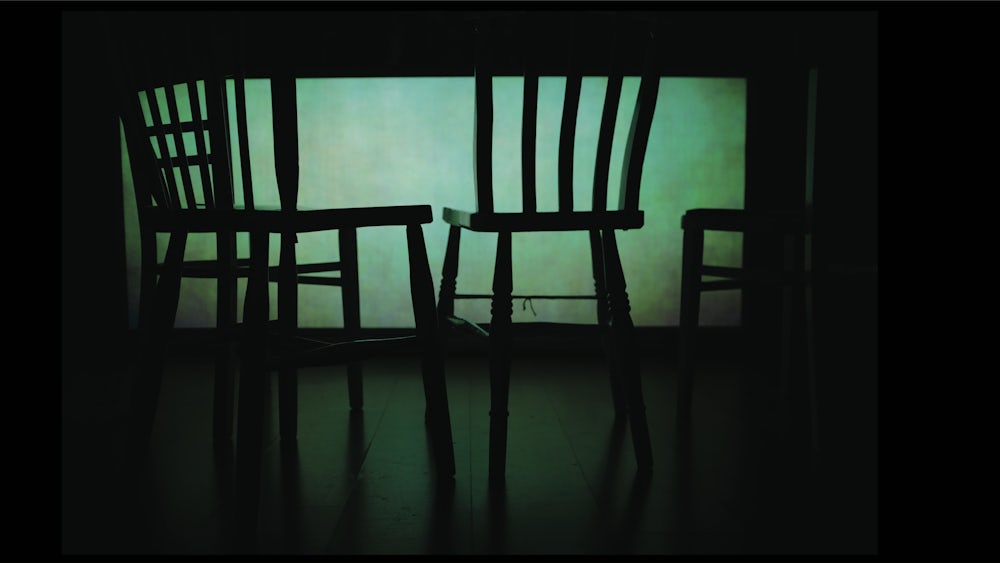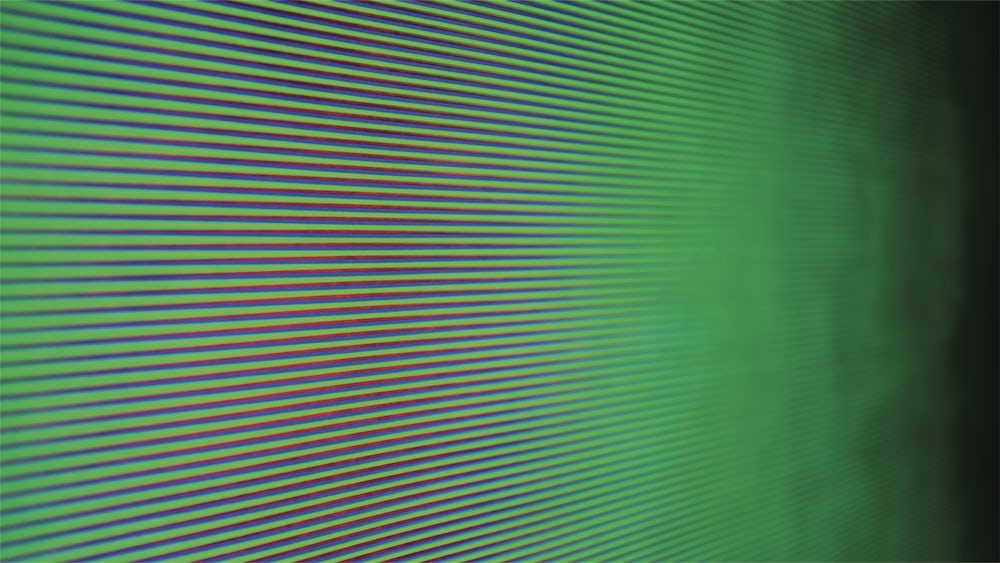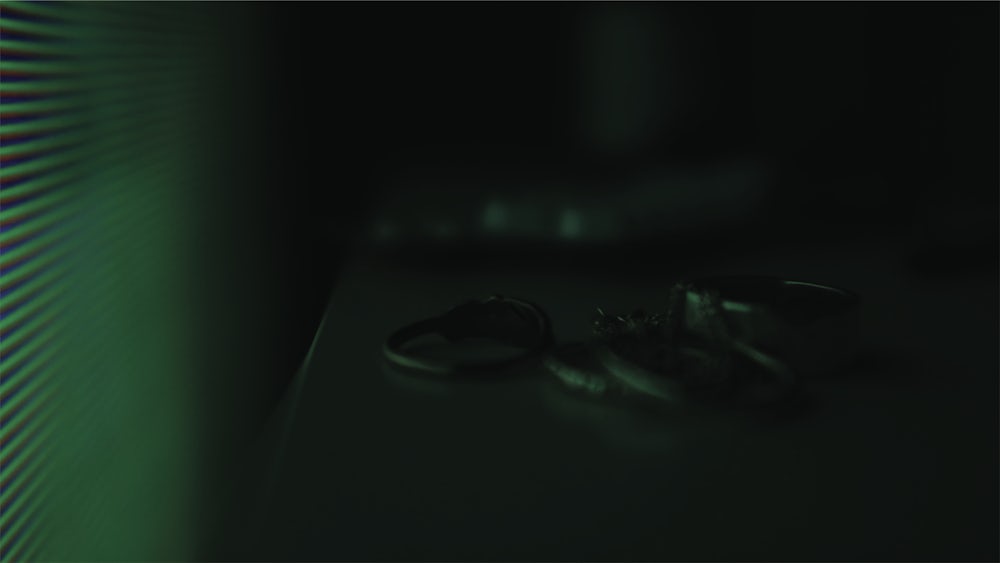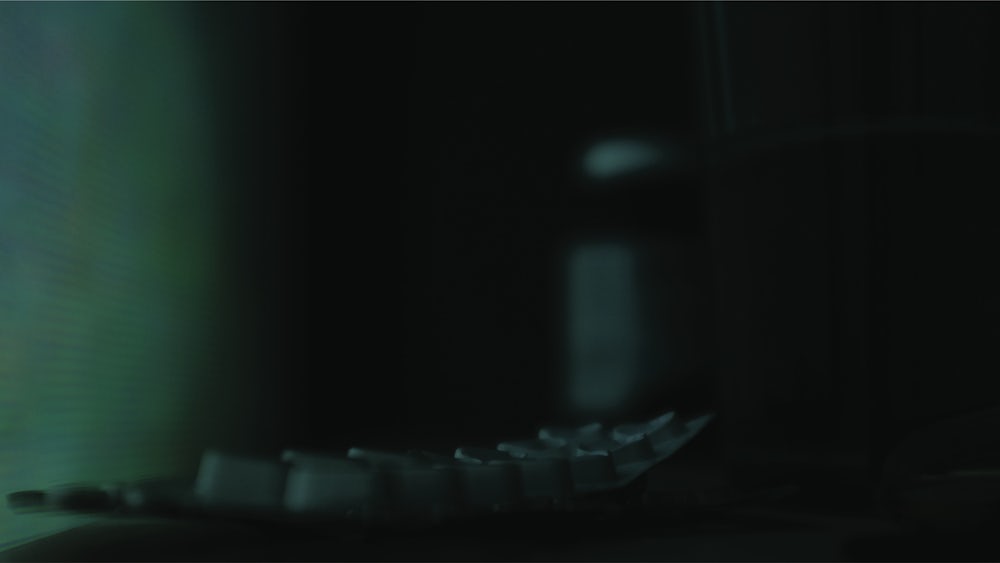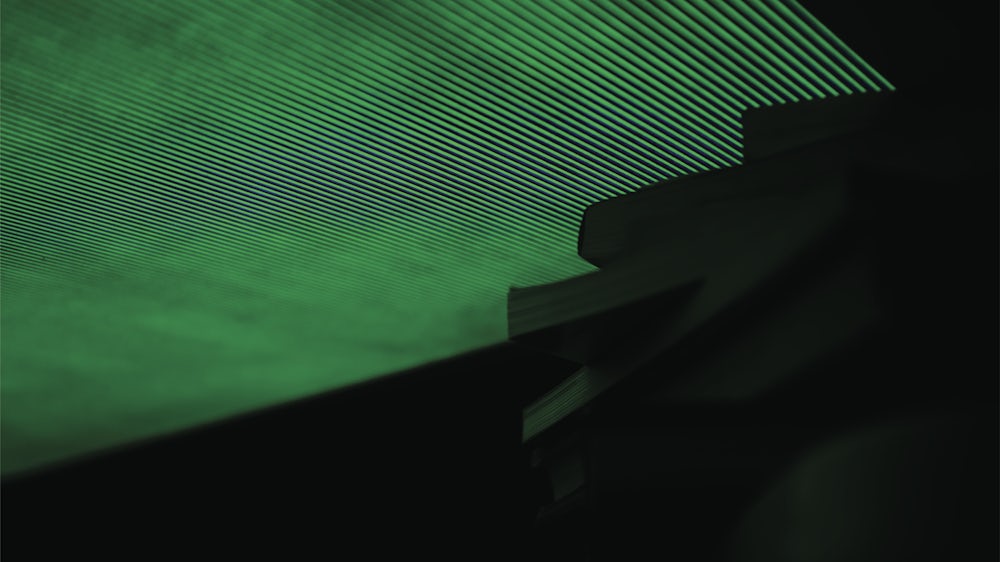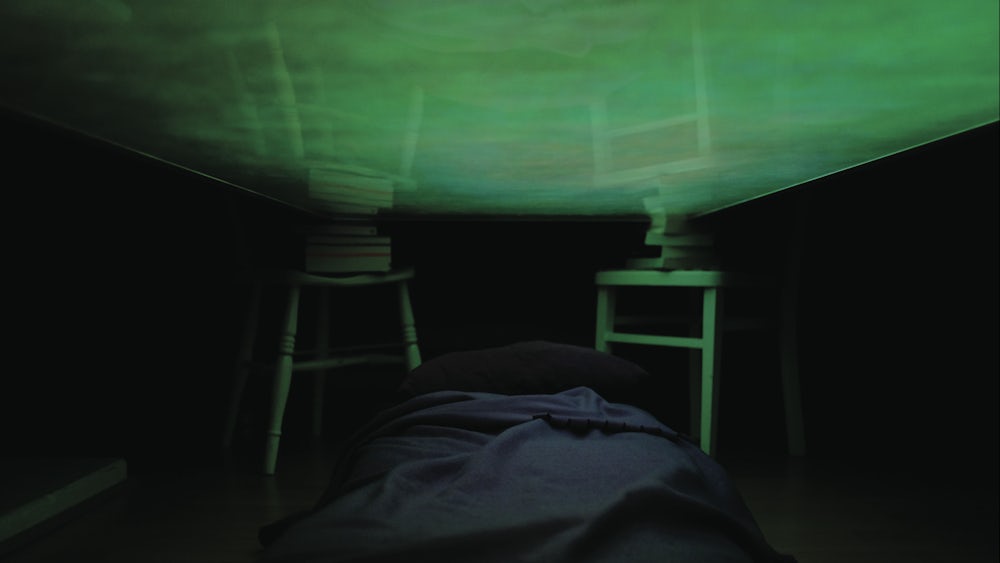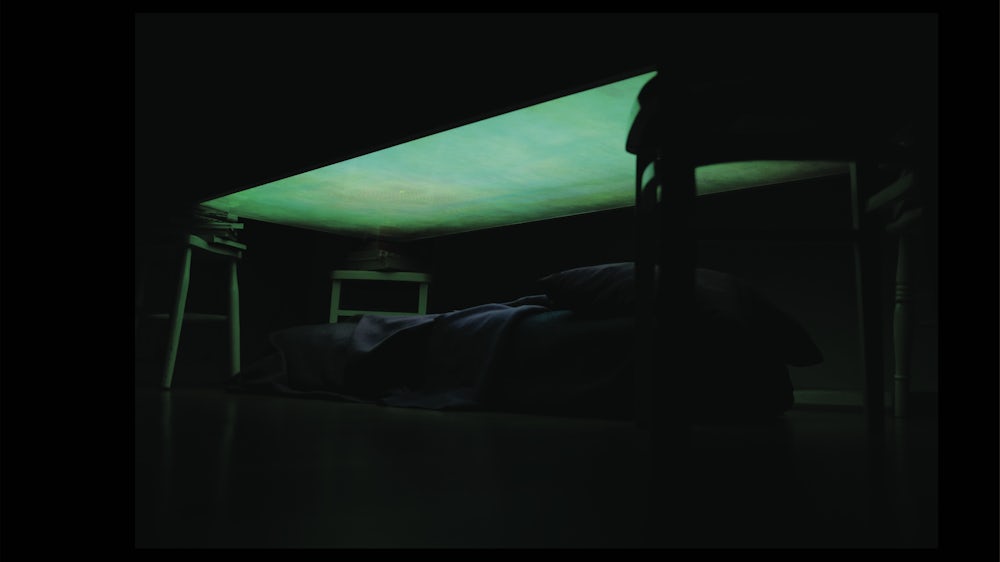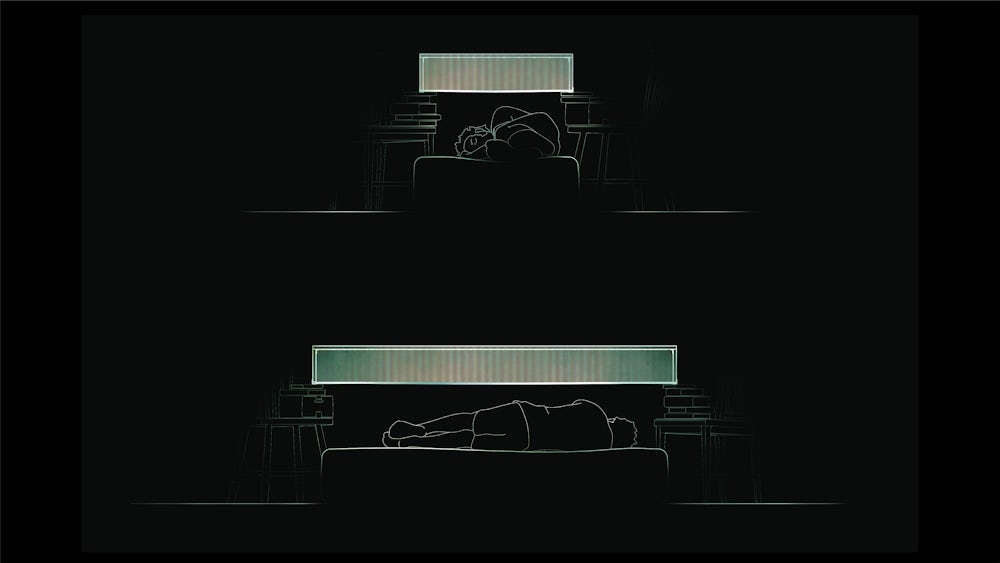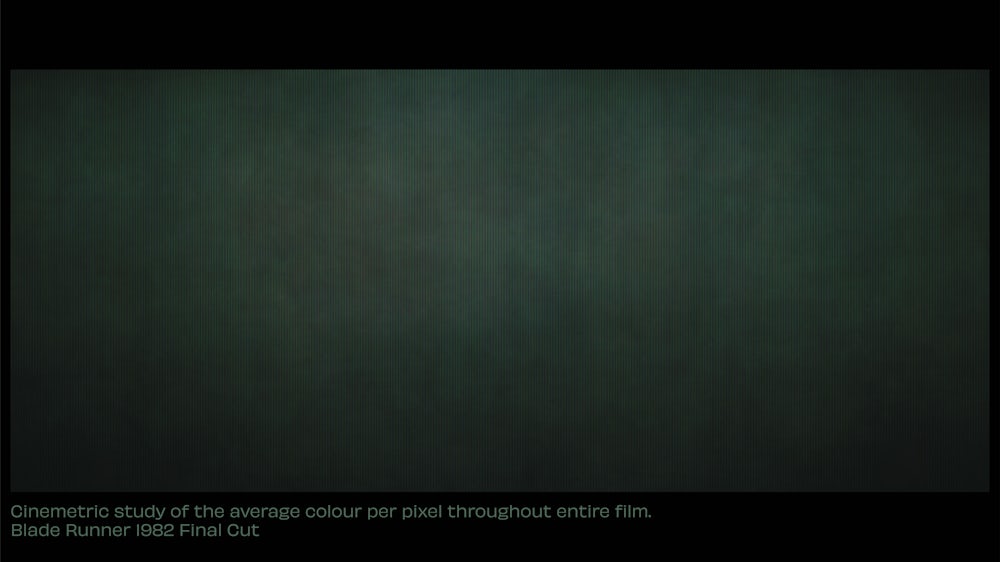As we spend the majority of our days bathing in the light of a screen, why do some of us continue to do this with our nights? I do not remember a time where I could fall asleep without having a video of some sort playing by my side. By disrupting the silence and darkness of the night, the screen stops being a medium for information and becomes something else. A soporific drug to muffle anxieties, existential and daily worries alike.
Through different periods of human history, light has been worshipped and recognised to possess healing powers. Able to treat metabolic disorders, cauterize wounds and direct the flow of bodily liquids. In ancient history, the sun was used to treat rickets, industrial Europe turned to UV lamps to treat tuberculosis and the modern discovery of LED’s made artificial lights common practice in various beauty commodities. Phototherapy is a method of coping.
Reported cases of covid-19 anxiety have risen almost at the same rate the viral infections have spread. Deteriorating mental health is the main symptom of being in a pandemic. While the viral pandemic has been prescribed a vaccine, those who suffer from the anxiety that comes with it have taken matters into their own hands by adopting rituals of comfort. Different crises throughout history call for different light remedies; have we unknowingly self-prescribed ours?
Through the use of cinemetrics - the act of analyzing a video for its visual qualities - this project introduces the soporific effect of the monitor into the realm of phototherapy. Identifying the collision between the moving image and phototherapy brings to our attention this unseen ritual which is perhaps the most widely spread coping mechanism for sleep anxiety.
The outcome of this self-reflective research project led me to analyse the light qualities of the movies that help me fall asleep (specifically, Blade Runner: The Final Cut - 1982). By capturing the average colour of each pixel throughout the duration of the film, I created a light sculpture that would allow me to explore the spatial qualities reminiscent of Tuberculosis UV Phototherapy Treatment, and modern-day tanning beds.

